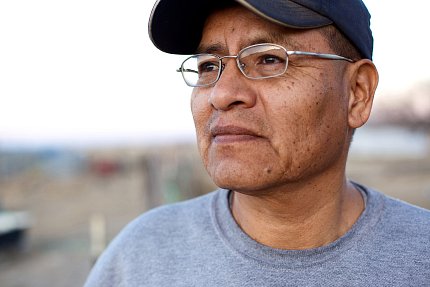Meth Overdose Deaths Rise Sharply Nationwide

Photo: EYECRAVE/GETTY
Methamphetamine overdose deaths surged in an 8-year period in the U.S., according to a new NIDA study published in JAMA Psychiatry. The analysis revealed rapid rises across all racial and ethnic groups, but American Indians and Alaska Natives had the highest death rates overall.
Deaths involving methamphetamines more than quadrupled among non-Hispanic American Indians and Alaska Natives from 2011 to 2018 overall, with sharp increases for men and women in that group. The findings highlight the urgent need to develop culturally tailored, gender-specific prevention and treatment strategies for methamphetamine use disorder to meet the unique needs of those who are most vulnerable to the growing overdose crisis.
Long-term decreased access to education, high rates of poverty and discrimination in the delivery of health services are among factors thought to contribute to health disparities for American Indians and Alaska Natives.
“While much attention is focused on the opioid crisis, a methamphetamine crisis has been quietly, but actively, gaining steam—particularly among American Indians and Alaska Natives, who are disproportionately affected by a number of health conditions,” said NIDA director Dr. Nora Volkow, a senior author of the study. “American Indian and Alaska Native populations experience structural disadvantages but have cultural strengths that can be leveraged to prevent methamphetamine use and improve health outcomes for those living with addiction.”
There are currently no FDA-approved medications for treating methamphetamine use disorder or reversing overdoses. In hopeful news, a recent clinical trial reported significant therapeutic benefits with the combination of naltrexone with bupropion in these patients. Some behavioral therapies also can reduce harms associated with use of methamphetamine.
Given that holistic approaches are deeply rooted in some American Indian and Alaska Native groups, leveraging traditions may offer a unique, culturally resonant way to promote resilience to help prevent drug use among young people.
Traditional practices, such as talking circles, in which all members of a group can provide an uninterrupted perspective, and ceremonies, such as smudging, have been integrated into the health practices of many Tribal communities. Implementing culturally appropriate, community-based prevention; targeting youth and families with early intervention strategies; and improving provider and community education may also aid prevention efforts among Tribal communities.
